90% of corporate processes are now backed by software, transforming how we work and live. The Industrial Revolution 4.0 and the digital-first transition have significantly increased the demand for software engineers who power this technology.
With a projected shortfall of 1.2 million software engineers by 2026, qualified developers are in high demand, resulting in high wages and outstanding perks. In this article, we’ll go through how to study programming from the ground up and break into this profitable sector.
Programming has numerous advantages. Many individuals want to learn it, but getting started might be challenging. From afar, the coding realm can appear intimidating, and many people shy away since they don’t understand how to study and grasp so much. To learn how to program, you must first decide where to begin. It was perplexing a decade or so ago. Today, however, it’s a lot easier.
Here’s how to get started with programming.
1. Select a Course
You have a lot of options when it comes to effective sources. For the study, communication, and practice, use a variety of venues.
Here are some methods for evaluating any course, whether an online class or a programming book, to ensure that you obtain a sound theoretical foundation and ample practice time.

- Check out the book or online course reviews.
- Obtain recommendations from your peers.
- Find out which books or courses are useful by browsing internet forums and discussion groups.
- Make sure the course material is tailored to your specific learning objectives.
Don’t be fooled by bogus course makers who pretend to be experts in their field. Check out the reviews and the legitimacy of the credentials given out at the end of the course.
Additionally, keep an eye out for a mobile app for an online course with built-in code validators to help you get started quickly with coding.
2. Get familiar with the code.
Although the practice may seem a no-brainer, many people get caught up in the learning experience and forget that they must perform the work to comprehend it truly. If you don’t start coding and coming up with your ideas, you won’t fully grasp the language’s workings and many variables from reading about them.
3. Make use of debugging tools and methods
Making errors is an important part of learning. Picking up a new programming language quickly does not imply ignoring mistakes! You’ll be able to recognize your mistakes and how to avoid them in the future if you take the time to learn and correct them.
Because you’re still learning, identifying your error can be tough and time-consuming at first. Employing debugging tools will speed up the process by highlighting errors in your code, allowing you to correct them and continue working.
Final Thoughts
If you’ve decided to learn coding in this day and age, the first step is choosing the language that best suits your needs.
To work on a wide variety of web projects, from dynamic UI web apps to non-browser apps and WebOS, you should look into JavaScript. Python is a good bet if you want to work as a data analyst in a few years. Many employment options are available with a general-purpose Java programming skill set, so this is an excellent option! With so many options, it’s a terrific way to make the most of your limited time.



